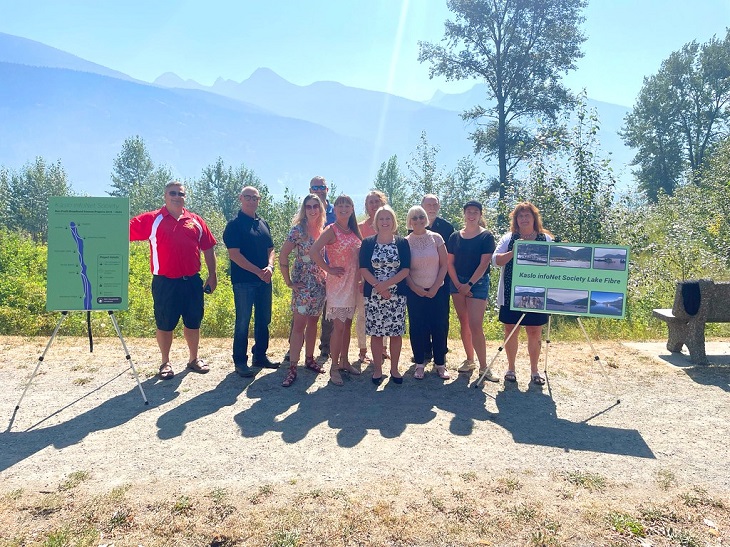
KASLO, BC – The government of British Columbia said last week more than 330 households in six communities around northern Kootenay Lake are now able to access high-speed internet services, thanks to the completion of new last-mile fibre infrastructure by local service provider Kaslo infoNet Society (KiN), partly funded by the province.
People in Lower Kaslo Southeast, Argenta, Johnsons Landing, Shutty Bench, Zwicky Road and Allen Subdivision now have access to broadband speeds of more than 50 Mbps for downloads and 10 Mbps for uploads, according to a press release.
“This builds on an earlier project by KiN, partially funded by the Province through the Connecting British Columbia program, which built backbone fibre infrastructure in the north Kootenay Lake area, as well as last-mile infrastructure expanding high-speed broadband access for the community of Woodbury Creek,” the release explains.
The B.C. government has provided up to $259,600 through the Connecting British Columbia program, administered by Northern Development Initiative Trust, to help fund the project, which had an approximate cost of $597,000. KiN has contributed approximately $337,400, according to the release.
“Considering the communities reached by this project are in remote areas of the province, it is hard to overstate how transformative this connectivity is for people. Between this project and the earlier Kootenay Lake fibre backbone project funded by the Province and the Regional District of Central Kootenay, we are connecting rural communities in the Kootenay region like never before,” Isaac Maxfield, KiN’s executive director and treasurer, said in the release.
With an aim to expand high-speed internet services to all homes across B.C. by 2027, the governments of Canada and B.C. announced in March 2022 a $830-million partnership to jointly fund projects to connect the province’s remaining households. The Connecting Communities BC funding program, which resulted from this federal-provincial partnership, replaced the Connecting British Columbia program, which no longer accepts funding applications.
Photo borrowed from the B.C. government’s press release.



